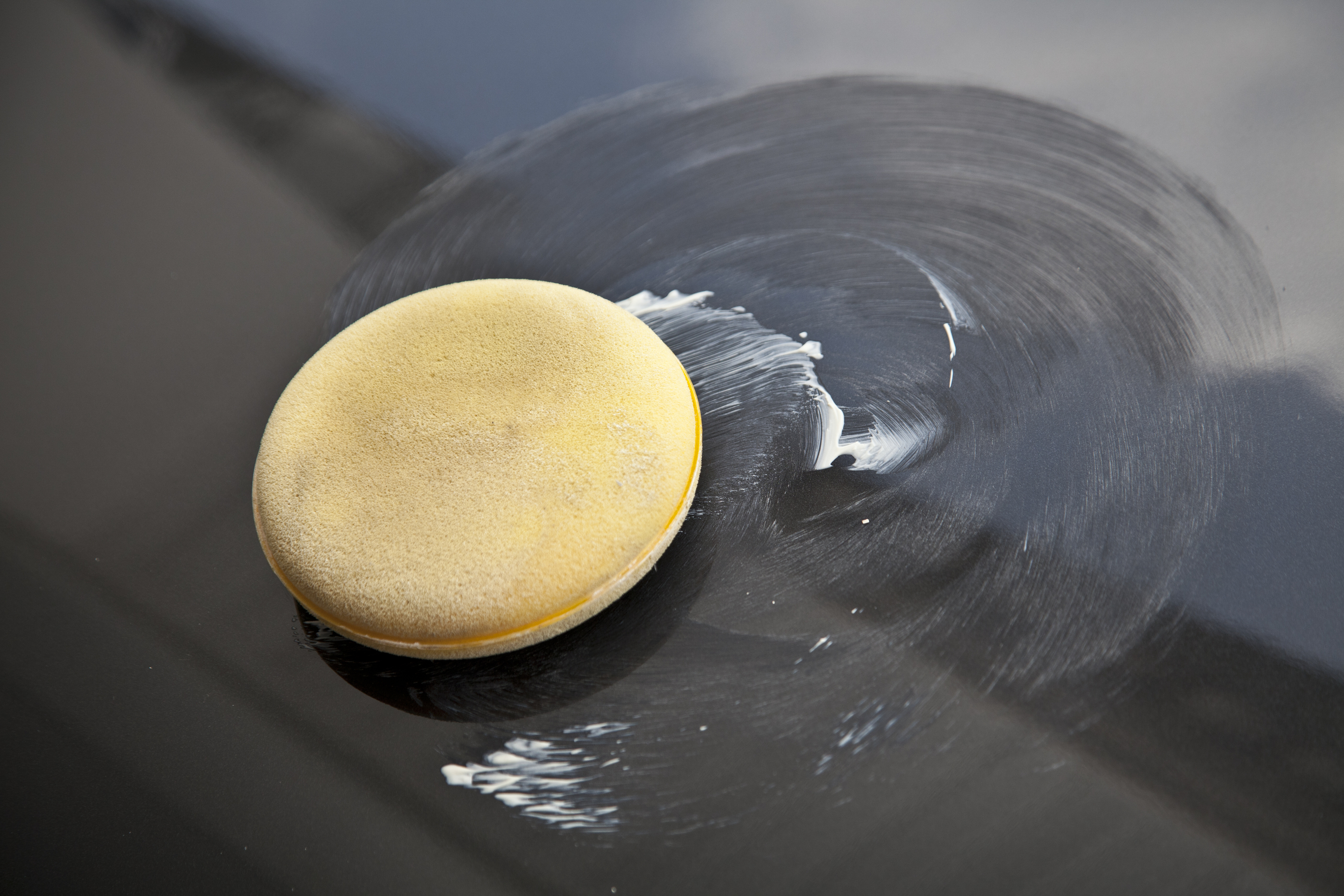What's the Best in Wax: Liquid or Paste?

Back in the days when gas station attendants filled our tanks for us, all car wax was basically the same. It was thick and pasty and came in a squatty metal can with a pry-open lid.
As car wax evolved over the years, liquid waxes were introduced in sleek plastic bottles that made the squatty metal cans look oh-so-1950s.
Packaging considerations aside, are the modern liquid waxes better for your car than old-fashioned paste wax? Not necessarily, said Ron Fausnight, Research and Development Manager for ITW Global Brands in Houston, Texas.
“Paste waxes are great, especially for an older finish,” Fausnight said. “When you apply paste wax, you use a pad or sponge and rub it into the surface. This creates abrasion that smooths the surface, removing any of the old weathered paint that’s right on top, along with dirt embedded into the paint.”
Of course, that process takes some elbow grease.
Liquid wax requires less physical effort to apply and buff off, which is why it was developed in the first place, said Fausnight. “The trade-off is that generally speaking, you don’t get quite as deep a cleaning.”
That’s not to say that liquid wax is inferior to paste. Each type has its benefits, depending on the age and condition of your vehicle and the degree of gloss you desire.
“If your car’s paint job is older, you need something that will work on it a little bit harder,” Fausnight said. “Dull paint is actually pretty rough when you look at it under a microscope. You can see peaks and valleys and pits in the finish. Waxing will smooth a lot of that off, but the waxes and silicones left behind after you buff help to fill in the remaining valleys. Paste wax has a higher concentration of wax, so it works better for that,” he said.
Conversely, if your car is newer, you want to use wax that is gentler on the finish. That’s when liquid wax works well, said Fausnight. “If you just need a little bit of a touch up, liquid wax is easier on your finish, easier to do, and you’ll get good results.”
Climate plays a role in the liquid-versus-paste decision as well. Dust that accumulates in dry climates can be abrasive to your car’s finish. Prolonged exposure to sunlight can cause polymers in the car’s paint to break down, dulling the finish. Both situations favor the use of paste wax.
Nonetheless, Fausnight said he has seen a gradual decrease in the purchase and use of paste wax in recent years.
“Liquid wax formulas have gotten better, and it’s ease of use, too,” he said. But he thinks there will always be a market for paste wax among died-in-the-wool car lovers, collectors, and muscle car hobbyists—or anyone looking to bring back some of the luster to their beloved “beater.”
Fausnight had the following suggestions for choosing car wax:
- Compared to paste wax, liquid waxes are gentler on your car’s finish. They are a better choice for newer cars or those with well-preserved finishes.
- Liquid wax is easier to apply and buff off.
- Paste wax typically contains more solvents and wax than liquid formulas, making paste more effective in removing old paint and embedded dirt.
- Paste wax also leaves behind more silicones and wax that can smooth out uneven, pitted surfaces.
- The downside of paste wax: it requires more physical effort to apply and buff off.
- Paste wax may be the best choice if your car’s finish has been compromised by climactic conditions such as constant dust erosion or prolonged, intense sunlight.
- Both liquid and paste waxes can be found today with UV protection in the formulation. (Think of it as sunscreen for your car.)
- If there’s a chip in the paint where bare metal is exposed, a good paste wax can serve as filler, delaying the onset of corrosion.
- For winter driving, any kind of wax coating is better than none; it provides a water-repellent barrier and protection against road salt.